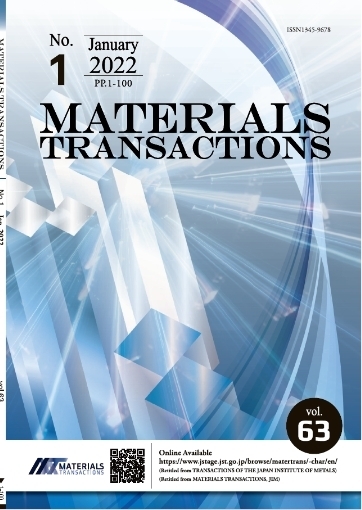Structure and Properties of Au–Sn Lead-Free Solders in Electronic Packaging
Xi Wang, Liang Zhang, Mu-lan Li
pp. 93-104
抄録
The requirements for electronic devices in high-temperature environment such as avionics and automotive have promoted the development of high-temperature solders. The Au–20Sn solder, which is one of the hot topics of the current research in the field of electronic packaging, is widely used in flip-chip, light-emitting diode and hermetic package fields because of its good creep resistance, corrosion resistance and flux-free soldering. Recent research about the microstructure, wettability, interfacial intermetallic compounds, and mechanical properties of Au–20Sn solder were reviewed. This paper focuses on the interfacial reaction of Au–20Sn with different substrates and the mechanical properties of Au–20Sn solder joints. In addition, the current research shortages of Au–20Sn solders and the development directions are presented.
他の人はこちらも検索
システム/制御/情報 Vol.34(2021), No.10
日本エネルギー学会誌 Vol.101(2022), No.1
材料と環境 Vol.71(2022), No.1










